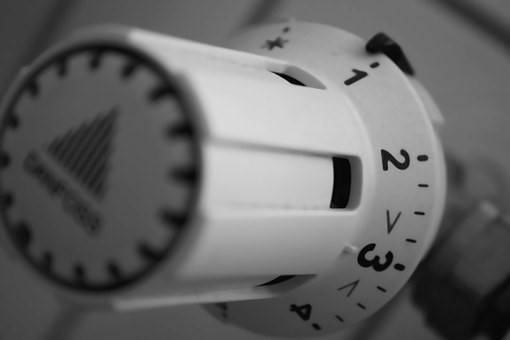
If you are looking to install underfloor heating system, a condensing boiler is considered one of the most efficient systems to use. If you install your underfloor heating system in combination with a boiler, it is important to check the manufacture of the boiler and ensure that it is compatible with a secondary pump.
Your underfloor heating system comprises of different control units. They help you to run the heating system efficiently without incurring huge energy bills. However, if your underfloor heating system is well insulated, it is able to regulate itself. Basically, the output of the heat is dependent on the temperature difference of the floor surface and that in the room. A slight change in the room temperature can affect the overall temperature difference.
According to the Energy Saving Trust, 60% of energy bills go on heating your home and providing hot water. By installing the underfloor heating controls, it can save you £80 to £165 annually. The underfloor heating controls helps to automatically reduce the heat output while the warm water heats the other parts of the building. Below are some of the underfloor heating controls that you can put in place.
- A programmer
This is also called a timer and it is used to manage the heating system as well as the hot water. It turns the hot water on and off when certain set temperatures are reached. A programmer enables you to heat your home only when you need it. You can use the programmer to time the heating of your property when you get home, so that you get favourable temperatures. A programmer/timer is one of the most widely used underfloor heating controls used across UK.
- Use of a room thermostat
When using a boiler, a room thermostat regulates the temperature of your home by turning it off when certain set temperatures are reached. This is ideal for saving energy because when the room reaches a comfortable temperature, the boiler automatically turns off. It is therefore important to set your thermostat to a comfortable temperature. The temperature of a room will, naturally, depend with the season, but if you set around 21°c that would generally be a comfortable temperature for a living space.
- Installation of thermostatic radiator valves
As the name suggests, these valves are fitted to the radiator and they are used in controlling the temperature of an individual room. The control of temperature is achieved by changing the flow of the hot water towards the radiator. When you are not using a certain room of your house, and it’s fitted with the thermostatic radiator valves, you can just switch it off, thus lowering the overall cost of the energy bills. It is recommended that the thermostatic radiator valves in the bathroom should not be turned off as they play a role in keeping the floor dry.
- Use of a boiler thermostat
This control unit is necessary in regulating the temperatures of the water that is sent through the radiators. When fixing this thermostat, the Association of Plumbing and Heating Contractors recommends that you should set it to a high level in a way that it can effectively control your home temperatures.
- Manifolds
A manifold is fitted at the center of the underfloor heating system. This is because, after all the pipework is done, it is brought back to a central distribution point known as the manifold. The flow from the manifold is taken back to the source of the heat in the building. There are several useful items that come with the manifolds. For instance, the return manifolds are fitted with two balancing valves, there is minimised depth dimension which allows the mounting of the flush-wall enclosed cabinet. These control valves are designed in a way that they are able to accommodate the standard actuators.
Underfloor heating systems are supplied with thermostatic options. This implies that the actuators can be mounted on the return manifold. These actuators are connected to an air thermostat in each room and they are programmable.
- Thermostatic blending valve
This is specifically for blending the flow of the heat to achieve a stable temperature in the room. This thermostatic wax ensures that the temperature of the water is stable, especially with the quick supply of any prevailing temperature changes.
If you require any more information or the supply of underfloor heating controls, get in touch with Underfloor Heating Trade Supplies and speak to our team of underfloor heating specialists.

